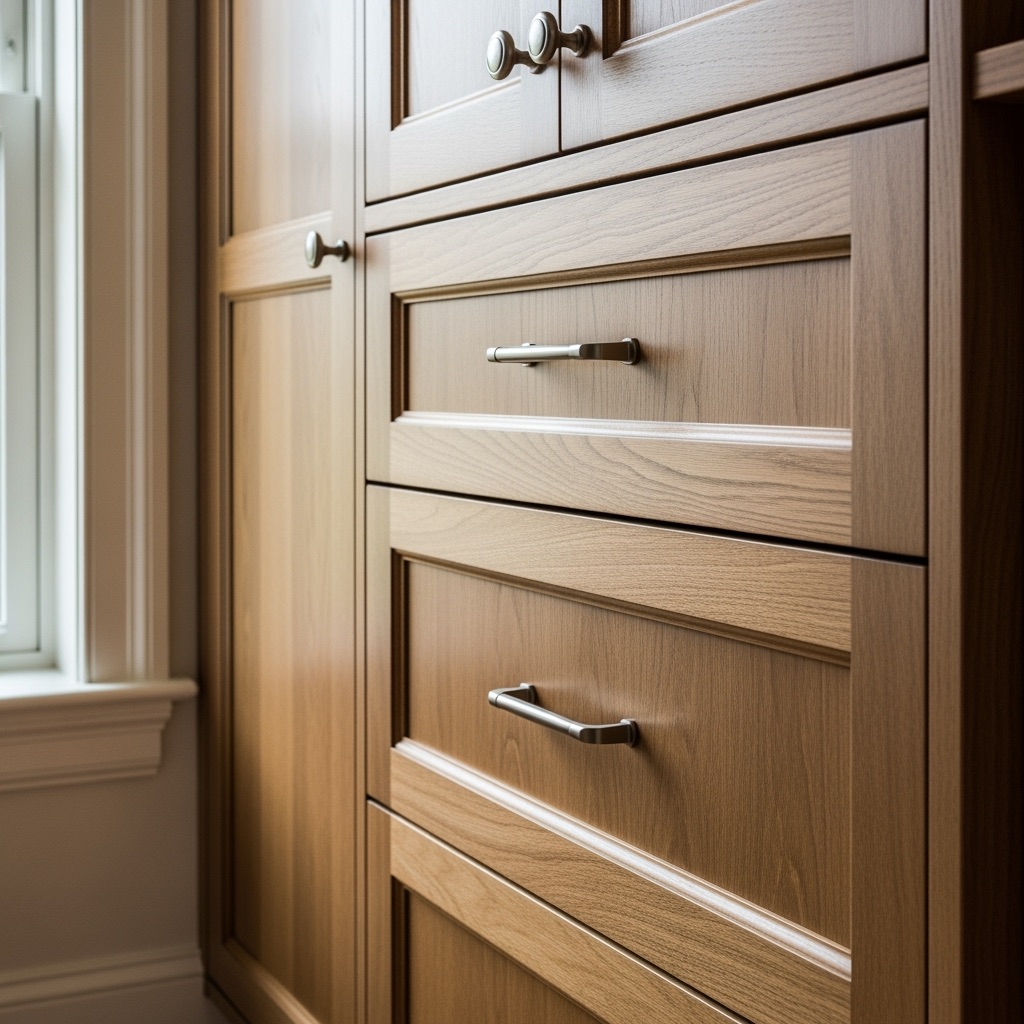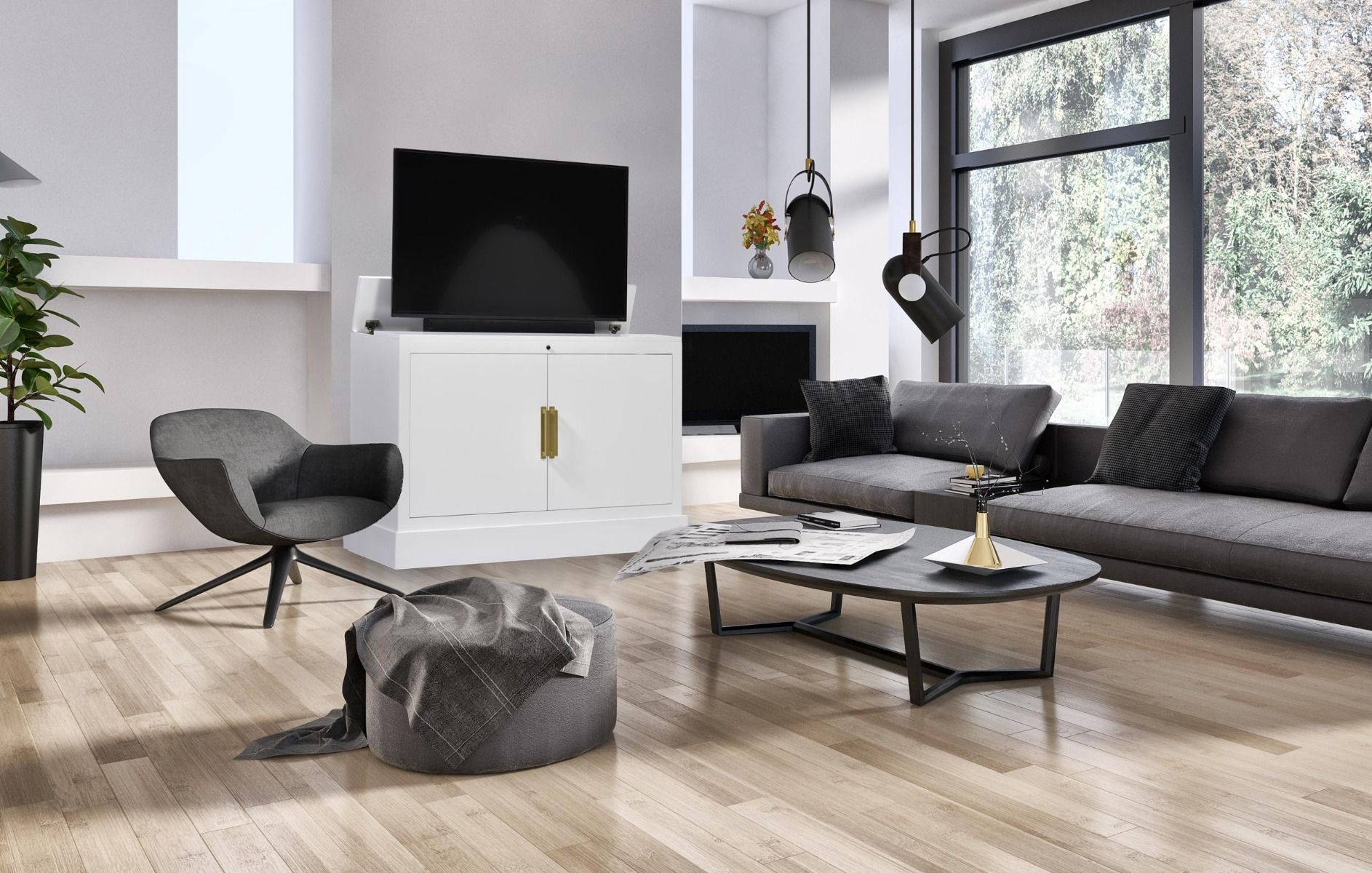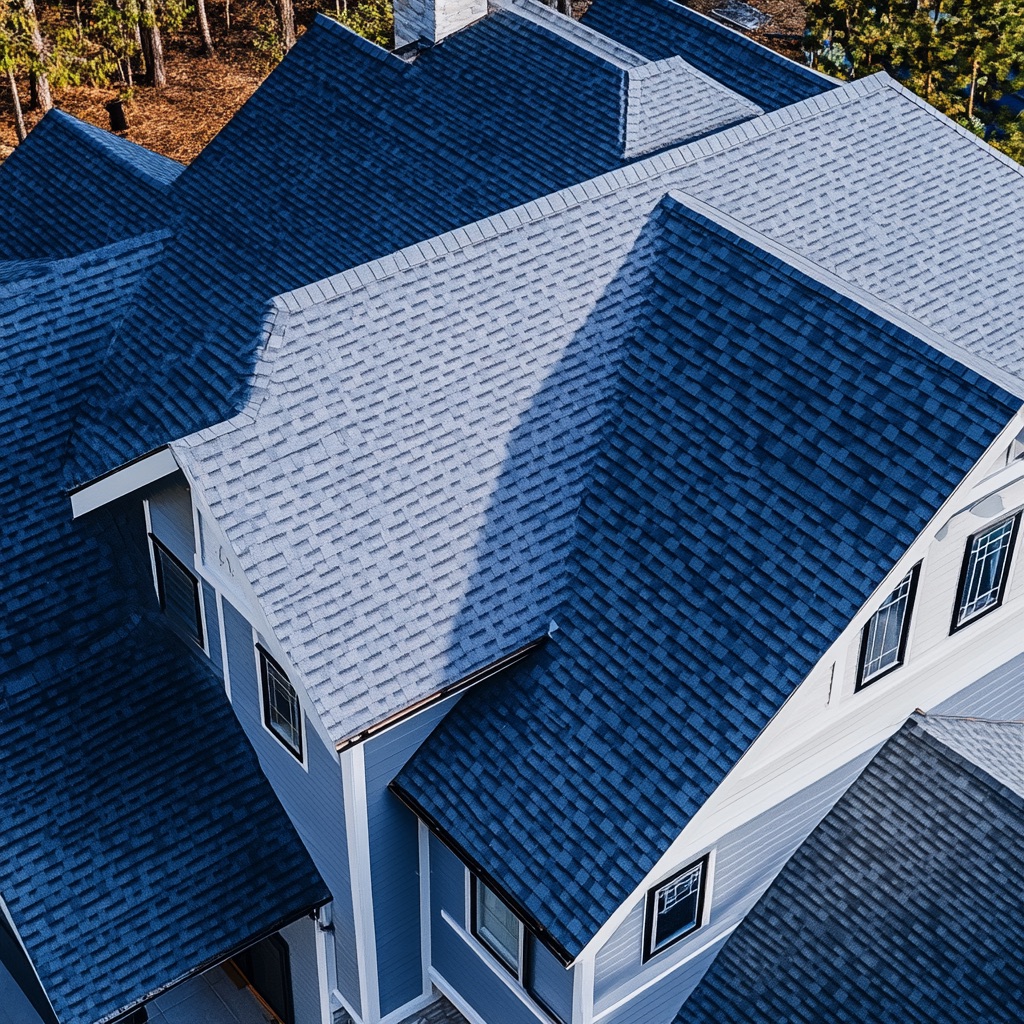Last updated on
Here’s how to water your garden plants properly, so they live longer. Read on!
If you’re like most people, you probably dread watering your garden. It can be a tedious process, and it’s easy to forget to water your plants on a regular basis.
In this blog post, we will discuss some tips that will make the process of watering your garden easier. We’ll also provide some helpful tips on how to keep your plants healthy and thriving.
Use a Garden Hose
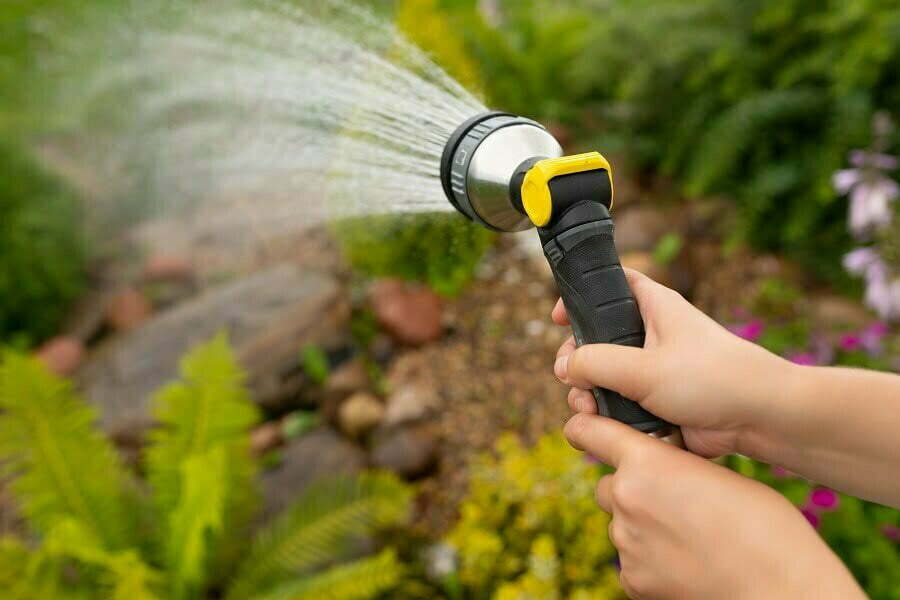
A garden hose is a great way to water your plants quickly and efficiently.
Be sure to position the hose so that the water can reach all of your plants easily. In addition, make sure to use a nozzle on the end of the hose so that you can control the water flow.
Also, be sure to turn the water off when you’re finished watering your plants. This will help save water and prevent your plants from being overwatered.
Use a Watering Can
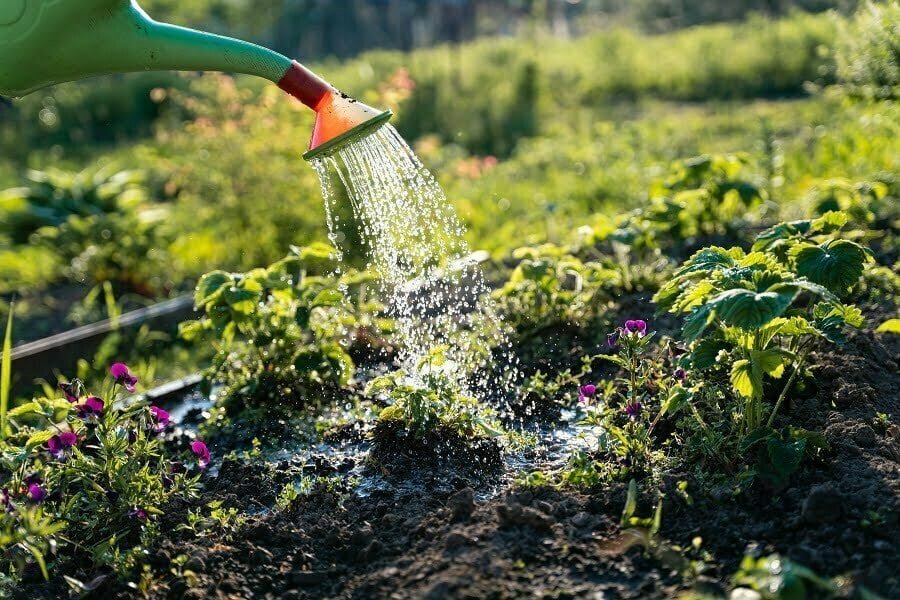
If you don’t have a garden hose, or if you prefer to water your plants by hand, then you can use a watering can. Watering cans come in a variety of sizes, so be sure to choose one that is appropriate for the size of your garden.
In addition, be sure to fill the watering can with clean water so that your plants are not exposed to any harmful chemicals.
For instance, if you live in an area where the water is treated with chlorine, be sure to let the water sit for a few hours before watering your plants so that the chlorine has time to dissipate.
Water Early in the Day
The best time to water your plants is early in the day before the sun gets too hot. This will allow the water to reach the roots of your plants before it evaporates.
In addition, watering early in the day will help prevent your plants from getting burned by the hot sun.
Additionally, if you water your plants in the evening, be sure to do so early enough so that the leaves have time to dry before nightfall.
Fill a Water Tank for Emergencies
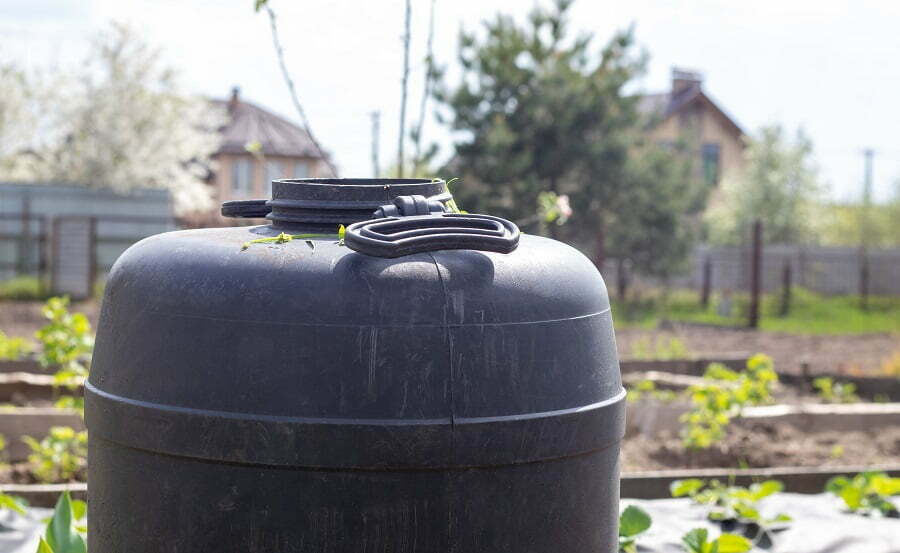
If you live in an area where water shortages are common, it’s a good idea to fill a water tank so that you have water on hand in case of an emergency.
For example, it is recommended to get a 100-gallon water tank to ensure you have enough water when there’s an emergency water shortage. This will ensure that your plants always have access to water, even if the municipal water supply is interrupted.
This will also help save you money on your water bill, as you will not have to use as much water from the tap.
Don’t Overwater Your Plants
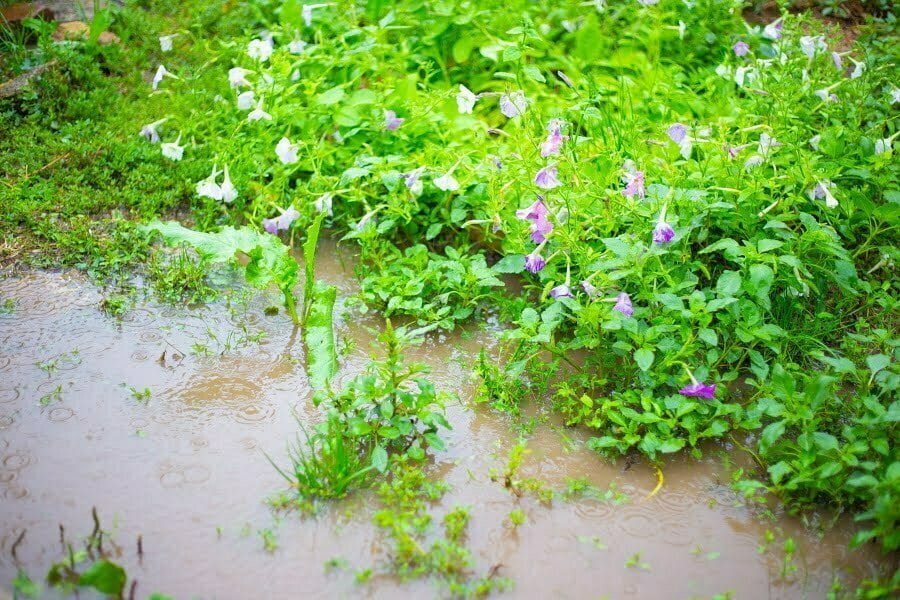
One of the most common mistakes gardeners make is overwatering their plants. This can lead to a number of problems, such as root rot and fungal diseases.
Be sure to check the soil before watering your plants. If the soil is moist, then chances are your plants don’t need any more water.
This is important because you don’t want to drown your plants. In addition, be sure to water each plant individually so that you can gauge how much water each one needs. This will help prevent you from overwatering or under-watering your plants.
Use Mulch

Mulch is a great way to help conserve water in your garden. It helps to prevent evaporation, and it also helps to keep the roots of your plants cool. Be sure to spread a layer of mulch around your plants, being careful not to pile it too high against the stems.
Additionally, be sure to choose the right type of mulch for your plants. For example, if you have acidic soil, then you’ll want to use pine needles as mulch.
Use a Drip Irrigation System
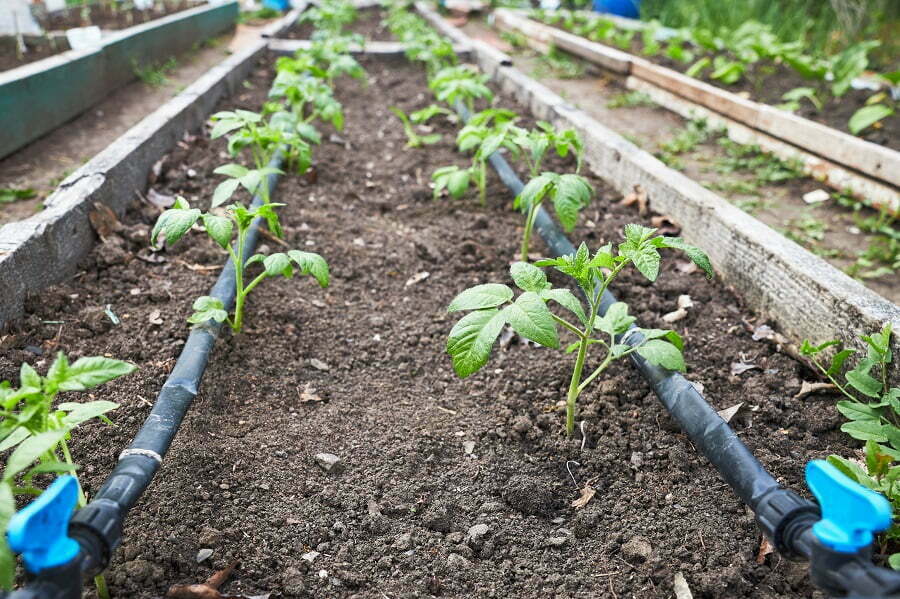
A drip irrigation system is a great way to water your plants slowly and steadily. This type of system can be attached to your garden hose or watering can, and it will release water slowly so that it can penetrate the roots of your plants.
Drip irrigation systems are especially helpful during hot summer days, as they can help prevent your plants from being wilted by the heat. For instance, you can set the drip irrigation system to water your plants for 20 minutes in the morning and then again in the evening.
Use Soaker Hoses
Soaker hoses are also a great way to water your plants slowly and evenly. They are similar to drip irrigation systems, but they release water through tiny holes along the length of the hose.
This allows the water to seep directly into the roots of your plants. Soaker hoses are particularly helpful if you have a large garden, as they can help save you time and effort when watering your plants.
Collect Rainwater
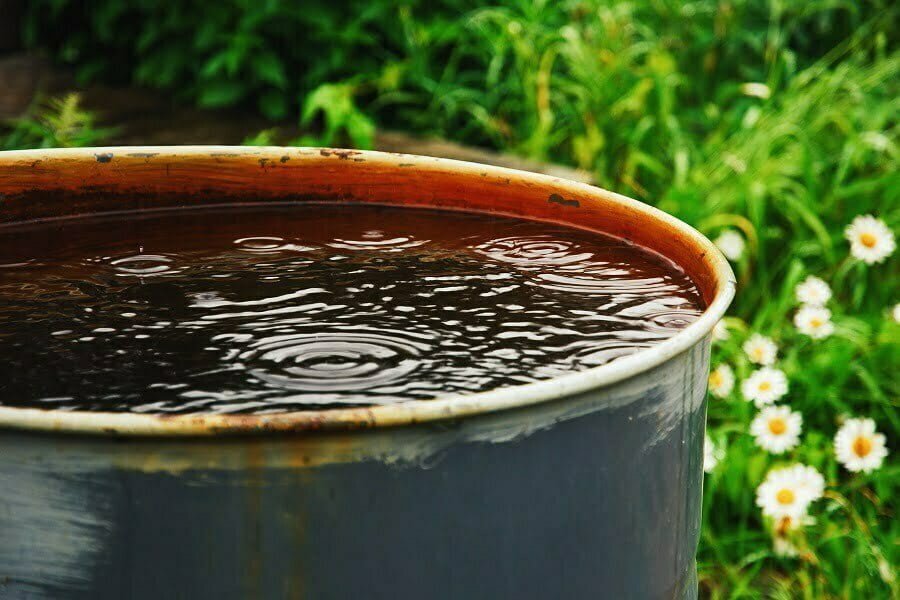
If you live in an area where it rains frequently, then you can collect rainwater to use on your plants. All you need is a barrel or other container to collect the rainwater in.
This is a great way to save water, as well as money on your water bill. Plus, rainwater is generally much softer than tap water, so it’s better for your plants.
Use Grey Water
Grey water is water that has been used for tasks such as washing dishes or laundry. This type of water can be reused on your plants, as long as it is not too dirty. Be sure to check with your local authorities to see if there are any regulations regarding the use of grey water in your area.
Additionally, you’ll want to be careful not to overwater your plants with grey water, as it can contain harmful chemicals that could damage your plants.
Water is essential for plants to grow and thrive, and there are many ways that you can water your home garden. By using one or more of the methods we’ve outlined in this article, you can make the process of watering your plants easier and less time-consuming.
So be sure to try out some of these techniques the next time you’re tending to your garden.
Recap
